Pruning to Increase Yield: How to Trim and Train Your Plants for Maximum Production
Did you know that properly pruning your plants can increase your yield by up to 50%? Welcome to our expert guide on pruning and training your plants for maximum production. Whether you’re a seasoned gardener or just starting out, understanding the right techniques can make all the difference.
In this blog, we’ll dive into the best methods for trimming and shaping your plants, ensuring they get the most sunlight and air circulation. With these simple steps, you can boost your garden’s productivity and enjoy a more bountiful harvest. Ready to transform your gardening game? Let’s get pruning and watch your garden thrive!
Table of Contents
Understanding the Importance of Pruning for Increased Yield
Pruning plays a pivotal role in maximizing the yield of plants. By removing dead or diseased branches, gardeners can promote the health and vitality of their plants, leading to increased productivity. Pruning also helps to shape and train plants, ensuring proper growth and development.

When done correctly, pruning:
- Stimulates the growth of new shoots and branches
- Improves sun exposure, air circulation, and nutrient distribution
- Enhances photosynthesis, resulting in larger, healthier fruits and flowers
- Manages overcrowding within plants, preventing competition for resources
- Optimizes space utilization
Understanding different plants’ pruning needs:
- Fruit Trees: Require regular pruning to maintain an open canopy, allowing sunlight to reach inner branches. This promotes optimal fruit production and reduces the risk of diseases caused by damp, shaded environments.
- Bushy Ornamental Plants: Need selective pruning to eliminate crisscrossing branches and encourage a balanced shape.
As gardening enthusiasts, it is vital to recognize the significance of proper pruning techniques for achieving increased yield. Through strategic pruning, gardeners can harness the full potential of their plants, delighting in bountiful harvests and thriving gardens.
Selecting the Right Tools and Equipment for Pruning and Training
Proper pruning and training techniques are essential for maintaining healthy and productive plants. However, to achieve the best results, it is crucial to have the right tools and equipment. Selecting the right tools not only ensures efficiency but also minimizes the risk of damage to both the plants and the pruner.
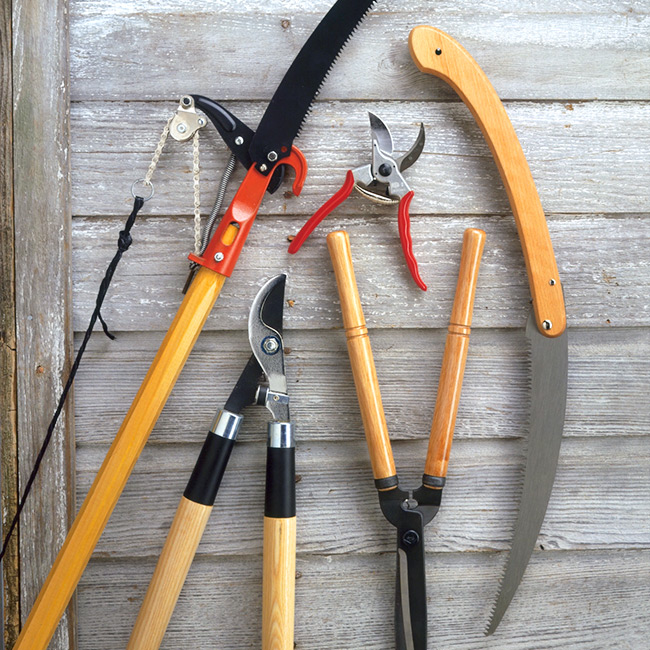
- Hand Pruners (Bypass Pruners):
- Ideal for smaller branches and stems.
- Look for bypass pruners with a clean cutting action (like scissors) to avoid crushing plant tissue.
- Ergonomic designs and lightweight materials enhance comfort during prolonged use.
- Loppers:
- Designed for thicker branches.
- Longer handles provide increased leverage and reach.
- Choose loppers with sharp blades and sturdy construction.
- Power Tools:
- For larger plants or trees, consider using pruning saws or hedge trimmers.
- Pruning saws handle thick branches efficiently.
- Hedge trimmers are great for dense foliage but prioritize safety and follow manufacturer instructions.
In conclusion, selecting the right tools and equipment is crucial for effective pruning and training. Ensure that you choose tools that are appropriate for the type and size of the plants you are working with.
Investing in high-quality tools not only makes the pruning process easier but also helps to minimize the risk of damage to your precious plants. Remember, a well-pruned and trained plant is a healthy and productive one.
I recently added three essential gardening tools to my collection: the gonicc Professional Titanium Pruning Shears, Fiskars 28-Inch Bypass Lopper, and TABOR TOOLS B620A Hedge Shears. The gonicc pruning shears impressed me with their sharp titanium blades and comfortable ergonomic design, making precise cuts a breeze. The Fiskars lopper, with its robust build and extended reach, effortlessly handled thicker branches, proving indispensable for maintaining larger shrubs and trees. Finally, the TABOR TOOLS hedge shears stood out with their sharp blades and ergonomic handles, perfect for detailed hedge trimming, although the non-extendable handles slightly limited their reach. Together, these tools have significantly enhanced my gardening efficiency and precision, making each task more manageable and enjoyable.
✅ Ergonomic Design: Comfortable ergonomic handles reduce hand fatigue, making it easier to use for extended periods.
✅ Safety Lock: Features a secure safety lock mechanism to prevent accidental cuts and ensure safe storage.
✅ Sap Groove Design: Built-in sap groove helps keep the blades from sticking, improving efficiency.
✅ Versatile Use: Suitable for a variety of pruning tasks, including trimming flowers, trees, and shrubs.
✅ High Cutting Capacity: Capable of cutting up to ¾-inch diameter branches, ideal for most garden tasks.
✅ Lightweight: Lightweight design makes it easy to handle and maneuver.
❌ Handle Size: The handle might be slightly large for users with smaller hands, affecting comfort.
❌ Blade Maintenance: Regular cleaning and maintenance are required to keep the blades in optimal condition.
❌ Spring Tension: The tension of the spring might be too strong for some users, requiring more effort to use.
❌ Price Point: Slightly higher price compared to basic pruners, though justified by quality and features.
✅ Ergonomic Handles: Comfortable, non-slip handles provide a secure grip, reducing hand fatigue during extended use.
✅ Durable Construction: Made with high-quality materials, ensuring longevity and consistent performance.
✅ Rust-Resistant Blades: Coated blades resist rust and reduce friction, enhancing cutting efficiency and blade durability.
✅ Extended Reach: Long handles allow for greater leverage and reach, making it easier to trim hard-to-reach branches.
✅ Bypass Blade Design: The bypass blade design ensures smooth, clean cuts, which is ideal for live branches.
✅ Adjustable Blade Tension: The adjustable blade tension feature allows for easy customization based on the thickness of branches.
❌ Price: Higher price point compared to basic models, though justified by quality and features.
❌ Storage Space: The long handles require more storage space, which might be a concern for those with limited storage.
❌ Blade Maintenance: Regular sharpening and maintenance of the blades are required to keep them in optimal condition.
❌ Handle Grip: The non-slip handles can wear out over time, potentially reducing comfort and grip security.
✅ Ergonomic Handles: The non-slip, soft-grip handles are ergonomically designed to provide comfort and reduce hand fatigue during extended use.
✅ Sturdy Construction: Made with durable materials, these shears are built to withstand frequent use and maintain their cutting performance over time.
✅ Lightweight: Despite their sturdy build, the shears are relatively lightweight, making them easy to handle and maneuver.
✅ Blade Tension Adjustment: The adjustable blade tension feature allows for customization based on the type of hedges being trimmed, ensuring optimal performance.
✅ Affordable: Competitively priced, offering great value for the quality and features provided.
❌ Maintenance Required: Regular maintenance, including blade sharpening and cleaning, is necessary to keep the shears in top condition.
❌ Handle Comfort Over Time: While the handles are comfortable, extended use can still lead to hand fatigue, particularly for users with smaller hands.
❌ Blade Wear: The blades may dull faster if used on thicker branches, necessitating more frequent sharpening.
❌ Limited Warranty: The warranty period might be shorter compared to some other brands, which could be a concern for long-term reliability.
Identifying the Ideal Time to Prune Different Types of Plants
Identifying the ideal time to prune different types of plants is essential for promoting healthy growth and maximizing productivity. Each plant species has its own unique requirements, and understanding their specific pruning schedules can greatly benefit your gardening efforts.
:max_bytes(150000):strip_icc()/how-and-when-to-prune-plants-1403009-hero-182143a580b2476d81831ec52d303072.jpg)
Prune during their dormant period (late winter or early spring)
Pruning during dormancy allows for quick healing
Reduces the risk of disease or pest infestation
Ensures plants redirect energy towards new growth in the upcoming season
Prune immediately after they have finished blooming
Timing allows plants to set buds for the next blooming cycle without disruption
Remove dead or diseased growth
Shape the plant for a healthy and aesthetically pleasing landscape
Understanding the ideal timing for pruning different types of plants is crucial for achieving optimal results. By following the appropriate pruning schedules for your specific plant species, you can encourage healthy growth, enhance productivity, and create a vibrant and flourishing garden.
Techniques for Properly Pruning and Trimming Plants to Promote Growth
Proper pruning and trimming techniques are essential for promoting healthy growth and maximizing the productivity of your plants. When done correctly, pruning helps remove dead or diseased branches, improves airflow and light penetration, and shapes the plant to encourage strong and balanced growth.
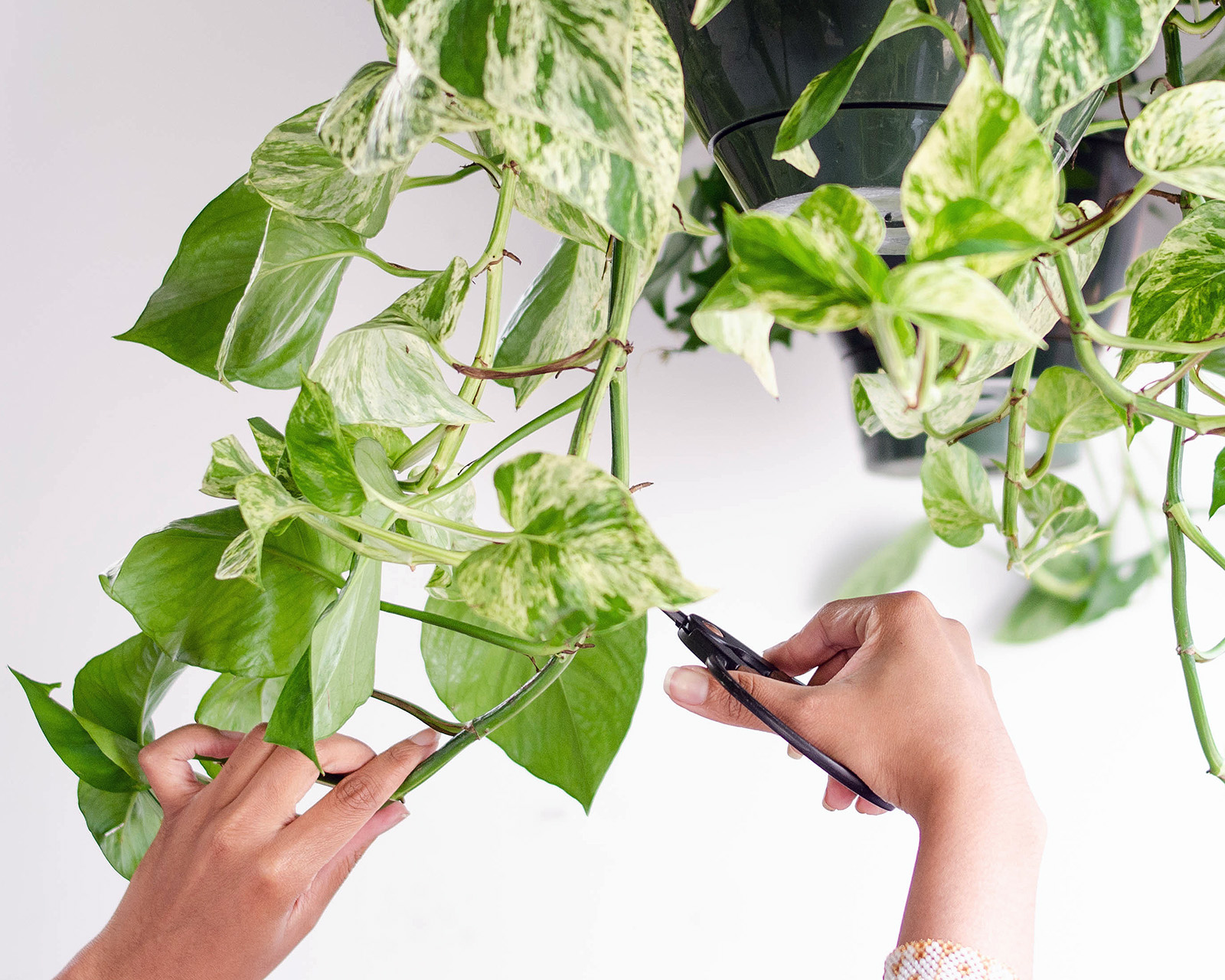
- Understand Plant Needs:
- Different plant species have varying growth patterns.
- Tailor pruning techniques to each plant’s specific requirements (e.g., fruit trees vs. ornamental shrubs).
- Use Proper Tools:
- Always use sharp and sterilized pruning tools.
- Dull or dirty tools can harm plants and introduce infections.
- Clean Cuts:
- Make cuts at a slight angle, just above a bud or branch junction.
- This promotes proper healing and reduces disease risk.
- Timing and Amount:
- Prune during the dormant season whenever possible.
- Some plants benefit from light pruning throughout the year to remove dead or damaged growth.
By following these techniques and understanding the unique requirements of your plants, you can effectively promote growth, shape your plants, and achieve a lush and thriving garden. Proper pruning not only contributes to the aesthetic appeal of your plants but also plays a vital role in their overall health and productivity.
The Art of Training Plants for Enhanced Productivity
Training plants for enhanced productivity is an art that requires careful planning, patience, and expertise. By guiding the growth of plants through proper pruning and shaping techniques, gardeners can maximize their productivity and create aesthetically pleasing landscapes. Training plants involves manipulating their natural growth habits to optimize sunlight exposure, airflow, and resource distribution, leading to healthier and more abundant yields.
Understanding plant training:
- Recognize natural growth patterns and needs
- Different plants require different pruning techniques:
- Some benefit from regular pinching or topping for bushier growth
- Others need selective pruning for desired shape or structure
- Tailor training methods to each plant’s growth habits and requirements
Balancing pruning and growth stimulation:
- Avoid over-pruning, which can weaken plants and inhibit flower or fruit production
- Prevent under-pruning to avoid overcrowding and reduced yields
- Monitor plant health and growth patterns
- Adjust pruning regimen based on plant response
- Regularly evaluate and make timely adjustments for long-term success and maximized productivity
| The Art of Training Plants for Enhanced Productivity | Key Techniques and Benefits |
|---|---|
| 1. Pruning and Pinching | Encourages Bushier Growth: Regular pruning and pinching help create fuller, bushier plants by removing apical dominance. |
| Increases Air Circulation: Enhances air circulation, reducing the risk of diseases in dense foliage. | |
| 2. Topping and Fimming | Promotes Lateral Growth: Cutting off the main stem encourages lateral growth, resulting in a more expansive canopy. |
| Maximizes Yield: Increases the number of flowering sites, ultimately leading to higher yields. | |
| 3. LST (Low-Stress Training) | Bends and Restrains Growth: Gentle bending of stems redirects growth, optimizing light exposure and enhancing productivity. |
| Suitable for Indoor Growing: Effective in low-ceiling spaces, maximizing vertical and horizontal growth. | |
| 4. SCROG (Screen of Green) | Horizontal Canopy: Utilizes a screen or mesh to create an even, horizontal canopy for even light distribution. |
| Uniform Bud Development: Encourages uniform bud development and increases the overall yield. | |
| 5. Espalier and Training on Supports | Space Efficiency: Espalier involves training plants to grow flat against a surface, saving space and maximizing productivity. |
| Aesthetic Appeal: Creates visually appealing patterns while optimizing sunlight exposure. | |
| 6. Supercropping | Stress-Induced Growth: Gentle bending or pinching stresses the plant, promoting additional lateral growth. |
| Strengthens Branch Structure: Reinforces the plant’s structure, preventing breakage under heavy buds. | |
| 7. Mainlining or Manifolding | Structured Canopy: Involves creating a symmetrical, mainlined structure for even light penetration and bud development. |
| Optimizes Resources: Focuses energy on main colas, maximizing yield potential. | |
| 8. Bonsai and Miniaturization | Compact Growth: Pruning and shaping plants for smaller, compact sizes suitable for confined spaces. |
| Ideal for Small Gardens: Enables gardening in limited spaces or containers. |
In the next section, we will delve deeper into the specific techniques and tools used in plant training, providing practical insights and tips for achieving optimal results in your garden.
Stay tuned to learn more about the dos and don’ts of pruning and training, as well as strategies for managing pests and diseases, maximizing light exposure, and utilizing space efficiently. Get ready to take your gardening skills to the next level and unlock the full potential of your plants through the art of training for enhanced productivity.
Pruning Dos and Don’ts: Common Mistakes to Avoid
Proper pruning techniques are essential for maintaining the health and productivity of your plants. However, it is equally important to be aware of common pruning mistakes that can hinder the growth and development of your plants.
| Pruning Dos | Pruning Don’ts |
|---|---|
| ✔ Understand plant species’ specific needs. | ✘ Don’t prune without knowing the plant type. |
| ✔ Use sharp and sterilized pruning tools. | ✘ Don’t use dull or dirty tools. |
| ✔ Make clean cuts just above buds or branches. | ✘ Don’t leave ragged or uneven cuts. |
| ✔ Prune during dormant season (if possible). | ✘ Don’t prune excessively or randomly. |
| ✔ Lightly prune throughout the year as needed. | ✘ Don’t remove more than one-third of growth. |
By avoiding these common mistakes and adopting proper pruning practices, you will set your plants on a path to flourish and yield bountiful harvests. Stay tuned for more essential tips and insights on effective pruning and training techniques to optimize plant productivity.
Assessing Your Plants’ Health and Determining the Best Pruning Approach
Assessing the health of your plants is a crucial step in determining the best approach for pruning.
Inspect plants before pruning:
- Check for signs of disease, pests, or nutrient deficiencies:
- Wilting leaves
- Discoloration
- Unusual spots or growths
- Stunted development
- Identify underlying problems that may affect pruning strategy
Assess overall plant vigor:
- Weak or struggling plants:
- Use a gentle pruning approach
- Focus on removing dead or damaged branches
- Promote new growth
- Healthy and thriving plants:
- Apply a more aggressive pruning technique
- Maintain shape
- Encourage productive growth
By carefully evaluating the health of your plants, you can tailor your pruning approach to their specific needs, ensuring optimal results and promoting their overall well-being.
Maximizing Light Exposure: Pruning for Optimal Sunlight Distribution
Pruning plays a crucial role in ensuring optimal sunlight distribution for plants, which is essential for their growth and productivity. By strategically removing excess foliage and branches, gardeners can expose more surface area of the plant to sunlight, allowing for better absorption of energy to fuel photosynthesis. This process not only enables plants to produce more energy-rich compounds but also promotes the development of healthier and stronger foliage.

- Plant-Specific Needs:
- Understand the growth patterns and light requirements of each plant species.
- Some plants prefer full sun (e.g., tomatoes, peppers), while others tolerate shade (e.g., ferns, hostas).
- Aggressive vs. Gentle Pruning:
- Full-sun plants may benefit from more aggressive pruning to ensure sunlight penetration.
- Shade-tolerant plants require less drastic pruning to balance exposure and protection.
- Tailor Pruning Approach:
- Customize pruning techniques based on individual plant requirements.
- Optimize sunlight distribution for overall plant health and productivity.
Remember, thoughtful pruning can make a significant difference in your garden’s success! 🌱🪓
Pruning Strategies for Managing Pests and Diseases
Pruning is not only crucial for maintaining the health and productivity of plants, but it can also play a significant role in managing pests and diseases. By strategically removing infected or infested branches and leaves, gardeners can effectively control the spread of harmful pathogens and insects. Pruning is particularly effective in reducing the risk of infections caused by fungal pathogens, as it allows for better air circulation and light penetration, creating an environment that is less favorable for their growth and survival.
Strategic pruning for pest and disease control:
- Remove infected or infested branches and leaves to control spread of pathogens and insects
- Effective in reducing risk of fungal infections by improving air circulation and light penetration
Timing is crucial:
- Identify signs of infection or infestation early
- Take immediate action
- Prune infected branches during dry weather to minimize pathogen spread
- Disinfect pruning tools after each cut to prevent disease transmission
By following these strategies, gardeners can combat pests and diseases while promoting plant health.
| Pruning Strategies for Managing Pests and Diseases | Key Techniques and Benefits |
|---|---|
| 1. Remove Affected Plant Parts | – Isolate and Remove: Promptly remove infected or infested plant parts to prevent the spread of diseases or pests. |
| – Dispose Properly: Dispose of pruned material properly to avoid contaminating other plants or the surrounding environment. | |
| 2. Thinning Dense Foliage | – Increase Air Circulation: Thinning dense foliage reduces humidity and enhances air circulation, deterring diseases. |
| – Decrease Pest Harborages: Reduces hiding places for pests and makes them more susceptible to natural predators. | |
| 3. Prune for Light Penetration | – Open Canopy: Prune to allow better light penetration, creating an environment less favorable for certain pests and diseases. |
| – Enhance Plant Health: Improved light penetration supports overall plant health and vitality. | |
| 4. Remove Yellow or Infected Leaves | – Interrupt Disease Cycle: Removing infected leaves interrupts the disease cycle, preventing further spread. |
| – Enhance Plant Appearance: Improves the aesthetic appeal of the plant by eliminating yellowed or diseased foliage. | |
| 5. Encourage Natural Predators | – Provide Access: Prune to provide easier access for beneficial insects, allowing them to control pest populations naturally. |
| – Create Beneficial Environments: Foster environments that attract and support beneficial insects. | |
| 6. Prune at the Right Time | – Timing Matters: Prune at the appropriate time, considering the plant’s growth stage and the life cycle of pests or diseases. |
| – Minimize Stress: Avoid pruning during periods of stress to reduce the risk of further compromising plant health. | |
| 7. Shape Plants for Disease Prevention | – Open Structure: Shape plants to have an open structure, reducing the humidity and microenvironments conducive to diseases. |
| – Enhance Visual Inspection: Facilitates easier visual inspection for early detection of pest or disease issues. | |
| 8. Regular Maintenance Pruning | – Prevent Overcrowding: Regularly prune to prevent overcrowding, minimizing the conditions that favor pest infestations and diseases. |
| – Promote Vigorous Growth: Encourages healthy and vigorous growth, making plants more resilient to stressors. |
Training Plants for Efficient Use of Space and Resources
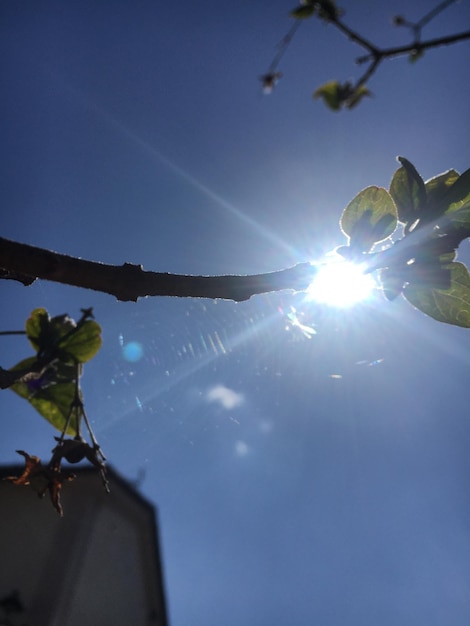
Efficient use of space and resources is essential when training plants to ensure optimal growth and productivity. By employing effective pruning and training techniques, you can maximize the potential of your garden or farm while conserving valuable resources.
Training plants for efficient space utilization:
- Understand natural growth patterns and habits of different plant varieties
- Strategically prune and train plants to encourage compact growth and prevent overcrowding
- Make the most of limited space and minimize competition for resources
- Proper pruning to streamline distribution of nutrients and sunlight:
- Selectively remove excess branches
- Direct plant energy towards productive growth areas
- Ensure each part of the plant receives adequate light and nutrients
- Promote healthier growth and reduce wastage of resources
- Optimize productivity of garden or farm while conserving valuable resources
Stay tuned for the upcoming sections of this article, where we will delve deeper into specific strategies and techniques for training plants for enhanced productivity and management of pests and diseases.
Pruning and Training Techniques for Different Plant Varieties
When it comes to pruning and training techniques, different plant varieties require different approaches to achieve optimal growth and productivity. Each plant has its unique characteristics and growth habits, necessitating specific methods to ensure healthy development.
- Flowering Plants (e.g., Roses, Hydrangeas):
- Regular Pruning: Remove dead, diseased, or broken stems to improve air circulation and prevent disease spread.
- Stimulate Growth: Pruning encourages new growth and vibrant blooms.
- Timing: Prune during early spring after the risk of frost has passed and the dormant period ends.
- Fruit-Bearing Trees (e.g., Apple, Peach):
- Thinning Branches: Remove excessive branches to redirect energy toward larger, juicier fruits.
- Sunlight Penetration: Selective pruning enhances sunlight exposure for better fruit development and ripening.
- Dormant Pruning: Best done in late winter or early spring before new growth begins.
Remember, understanding the specific needs of each plant type and applying appropriate techniques will lead to healthier, more productive plants in your garden! As we delve deeper into the world of pruning and training, we will explore various techniques suitable for different types of plants, empowering us to make informed decisions for our green companions.
Tips for Pruning and Training Fruit Trees and Bushes for Bountiful Harvests
Proper pruning and training techniques play a vital role in ensuring bountiful harvests from fruit trees and bushes. By implementing effective practices, gardeners can encourage optimal growth and maximize the yield of their plants. Here are some essential tips to help you achieve successful pruning and training for abundant harvests.
1. Timing is crucial: Pruning fruit trees and bushes at the right time is essential for their overall health and productivity. During the dormant season, typically in late winter or early spring, is the ideal time to prune most fruit trees. However, it’s important to note that some fruits, like peaches and nectarines, benefit from pruning after they have bloomed. Research your specific plant varieties, as their pruning requirements may vary.
2. Remove dead and diseased wood: When pruning, it is crucial to remove any dead, damaged, or diseased branches. These can serve as entry points for pests and diseases, ultimately affecting the health and productivity of the entire plant. By removing these wood parts, you are promoting the growth of healthy branches and preventing the spread of potential issues.
Remember, these tips are just the beginning. For a comprehensive guide on pruning and training fruit trees and bushes, continue reading to discover more expert techniques and strategies.
Monitoring and Adjusting Your Pruning and Training Techniques for Long-Term Success.
Monitoring and adjusting your pruning and training techniques is essential for long-term success in gardening. As plants grow and change over time, it is important to regularly assess their condition and make adjustments to your pruning and training methods accordingly.
- Regular monitoring for effective pruning:
- Identify issues or deficiencies in plant growth and health
- Observe development of branches, leaves, and fruits
- Determine effectiveness of current pruning techniques
- Proactive approach addresses potential problems early
2. Adjusting pruning techniques:
- Modify timing, intensity, or methods of pruning as needed
- Alter frequency based on plant growth rate
- Adjust foliage removal to balance growth and fruit production
- Stay attentive to plant needs and adapt techniques accordingly
Effective monitoring and adjustment require patience, knowledge, and understanding of plant varieties.By continuously assessing your plants’ health and making necessary adjustments, you can ensure their long-term success and enjoy the rewards of a thriving garden.
Watch video for more information:
FAQ
What is the purpose of pruning and training techniques for plants?
Pruning and training techniques are essential for the long-term success of plants as they promote growth, increase yield, and enhance productivity. These techniques help maintain plant health, manage pests and diseases, optimize sunlight distribution, and utilize space and resources efficiently.
How do pruning and training techniques contribute to increased yield?
Pruning helps remove dead or diseased branches, allowing the plant to focus its energy on producing healthy new growth and more fruits or flowers. Training techniques help shape plants in a way that maximizes their exposure to sunlight, facilitating photosynthesis and promoting higher yield.
What are some common mistakes to avoid when pruning and trimming plants?
Some common pruning mistakes to avoid include over-pruning, cutting too close to the trunk or main stem, removing too much foliage, and using dull or improper tools. It is important to follow proper pruning techniques to avoid harming the plant or inhibiting its growth.
How can I determine the best pruning approach for my plants’ health?
To assess your plants’ health and determine the best pruning approach, carefully observe their overall condition. Look for signs of disease, pests, or overgrowth. Consult gardening guides or seek advice from professionals to identify specific pruning needs for different plant varieties.
How can I optimize sunlight distribution through pruning?
Pruning techniques can be used to maximize sunlight distribution by removing excess foliage or branches that may be blocking sunlight from reaching lower parts of the plant. This helps ensure that all parts of the plant receive adequate sunlight for photosynthesis and overall growth.
What are some effective pruning strategies for managing pests and diseases?
Regular pruning helps improve air circulation and reduce moisture levels, making it less favorable for pests and diseases to thrive. Removing infected or infested branches can also prevent the spread of diseases. Additionally, pruning techniques that promote plant vigor and overall health can make them more resilient to pests and diseases.
How can I train plants to efficiently utilize space and resources?
Training techniques such as trellising, espalier, or proper spacing can help plants utilize space efficiently. By guiding their growth, plants can be trained to grow vertically or horizontally, making the best use of available space. This allows for better airflow, light penetration, and resource allocation among neighboring plants.
Are there specific pruning and training techniques for different plant varieties?
Yes, different plant varieties may require specific pruning and training techniques. For example, fruit trees and bushes may benefit from techniques such as heading cuts, thinning cuts, or training branches to grow in a specific direction. It is important to research and understand the specific needs of each plant variety you are working with.
How can I ensure bountiful harvests from fruit trees and bushes through pruning and training?
Pruning fruit trees and bushes correctly can enhance their productivity and ensure bountiful harvests. Techniques such as thinning out excess growth, removing crossing branches, and maintaining an open center or balanced shape can promote better fruit production and quality. Regularly monitor and adjust your pruning and training techniques to optimize results.
How often should I monitor and adjust my pruning and training techniques for long-term success?
Monitoring and adjusting your pruning and training techniques should be an ongoing process. It is recommended to regularly assess the health and growth of your plants, making adjustments as needed. This can be done annually, during specific growth seasons, or whenever you notice changes or issues that require attention.

Studied Agricultural Engineering-Plant Protection at University of California, Davis.
Head of Content writing team at Southelmontehydroponics.com

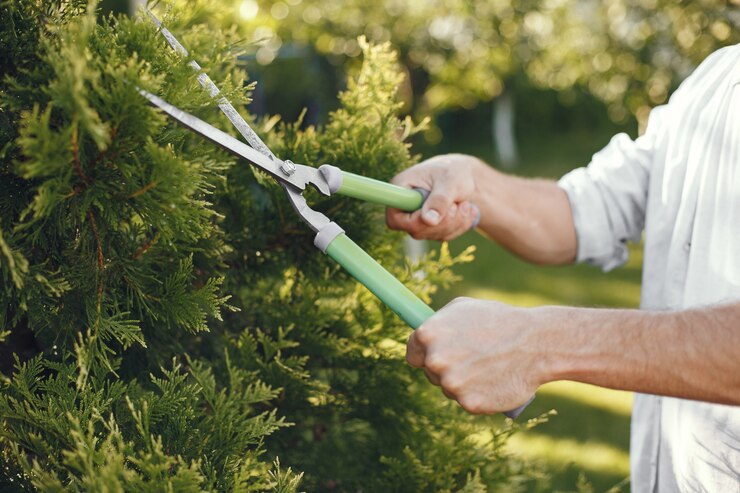
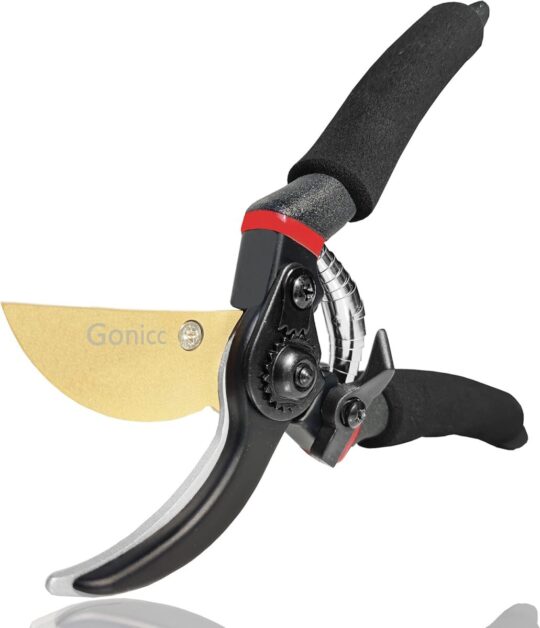
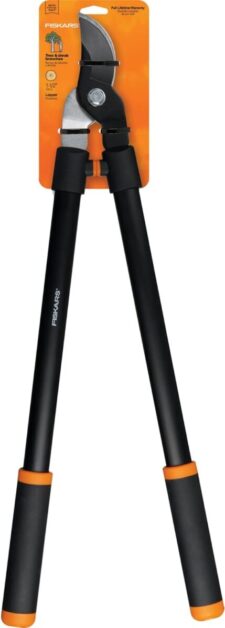
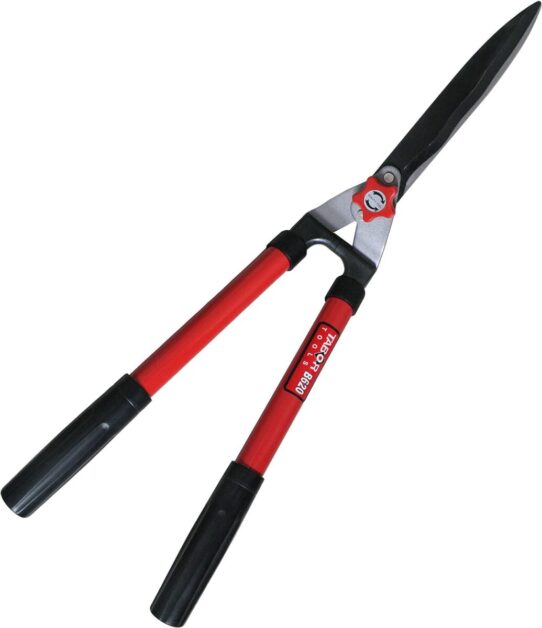

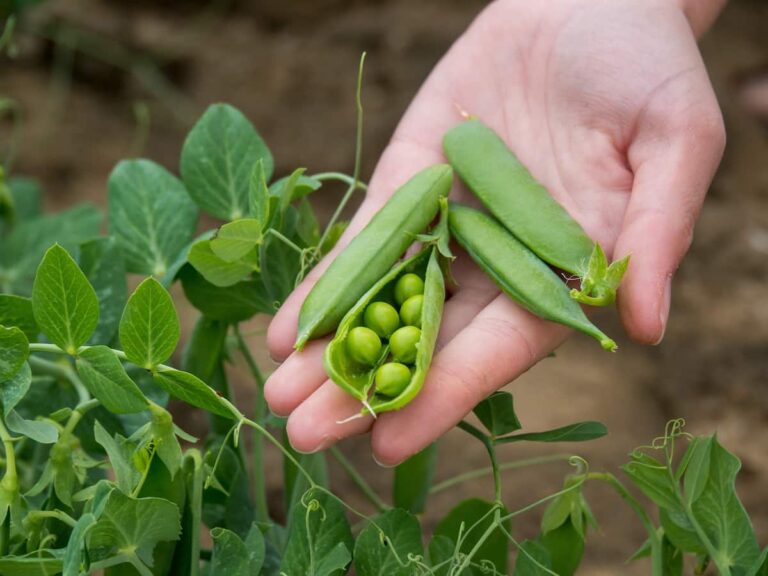
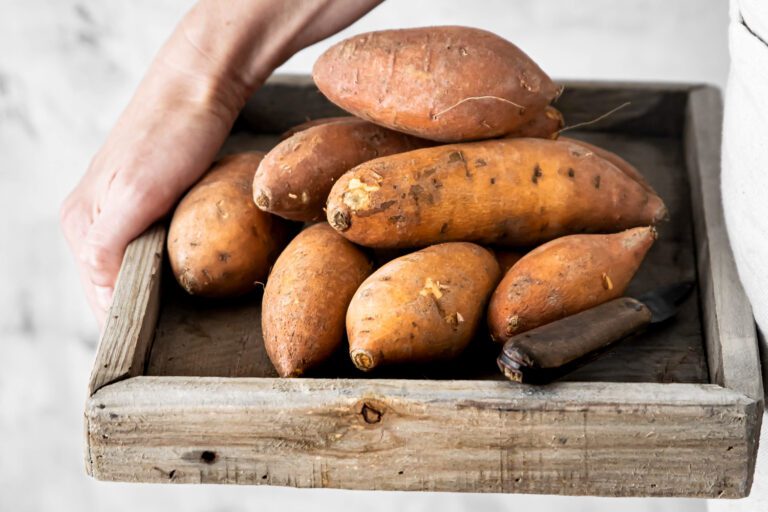
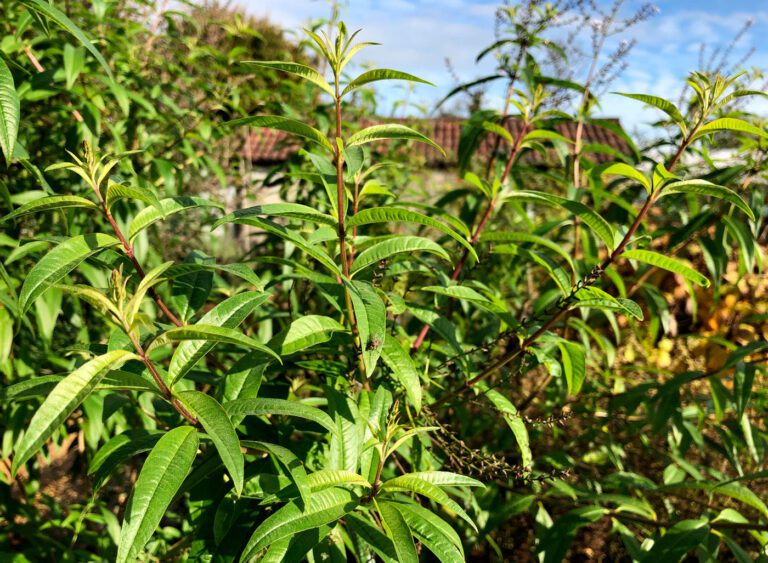
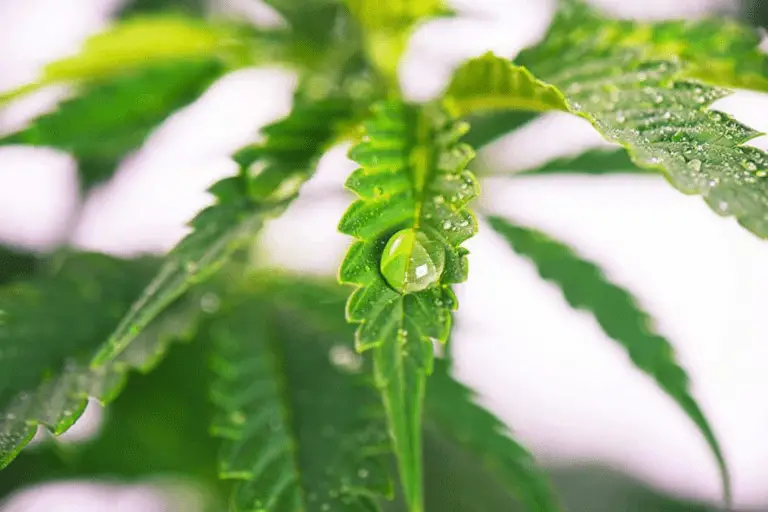
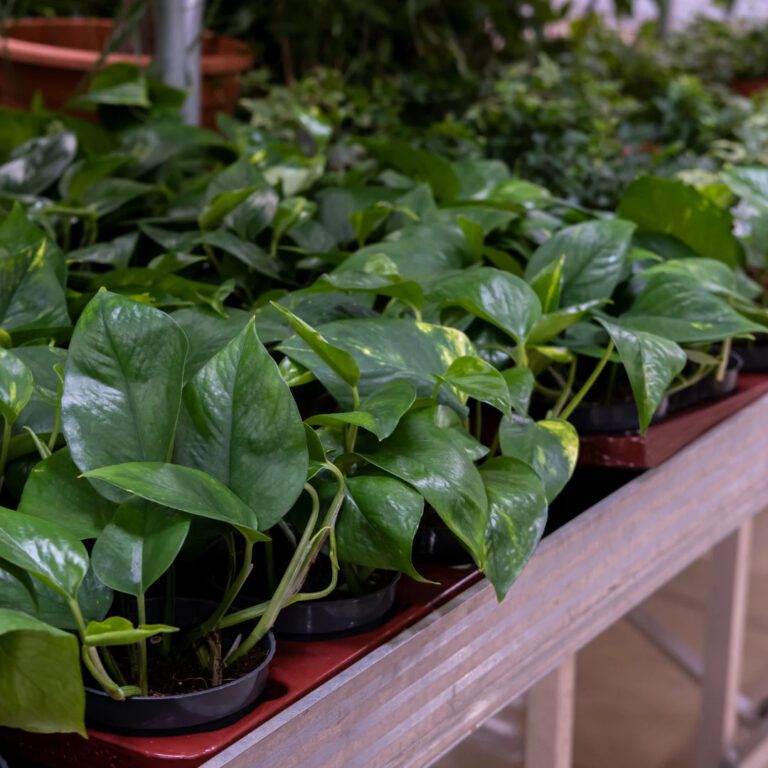
One Comment